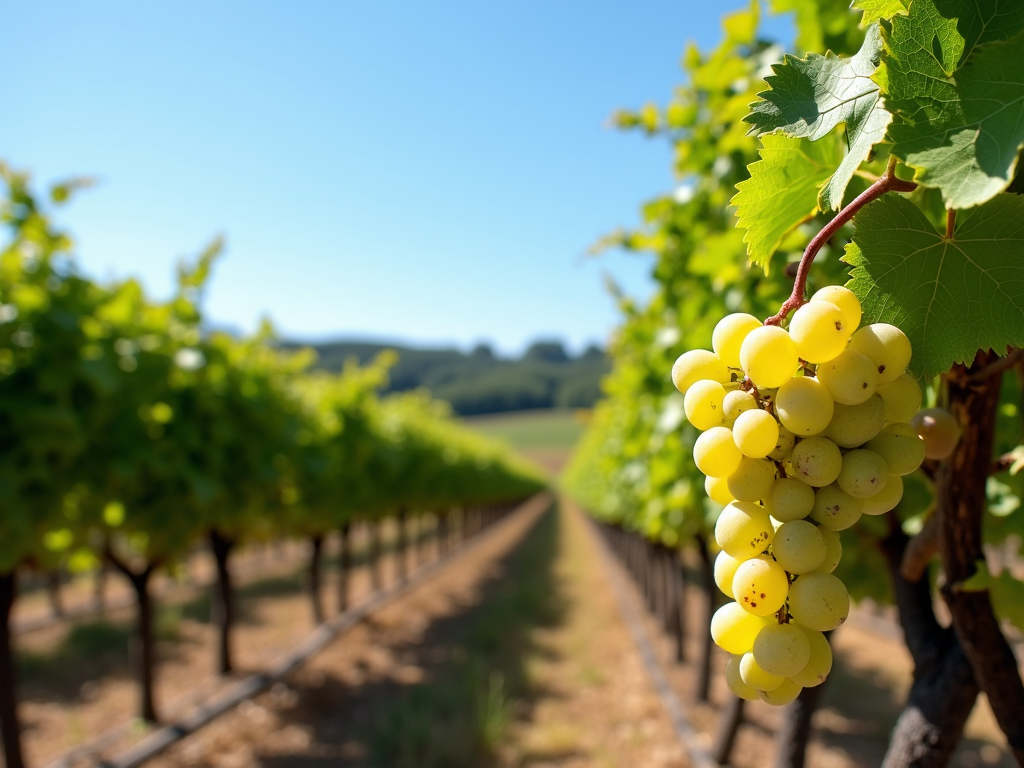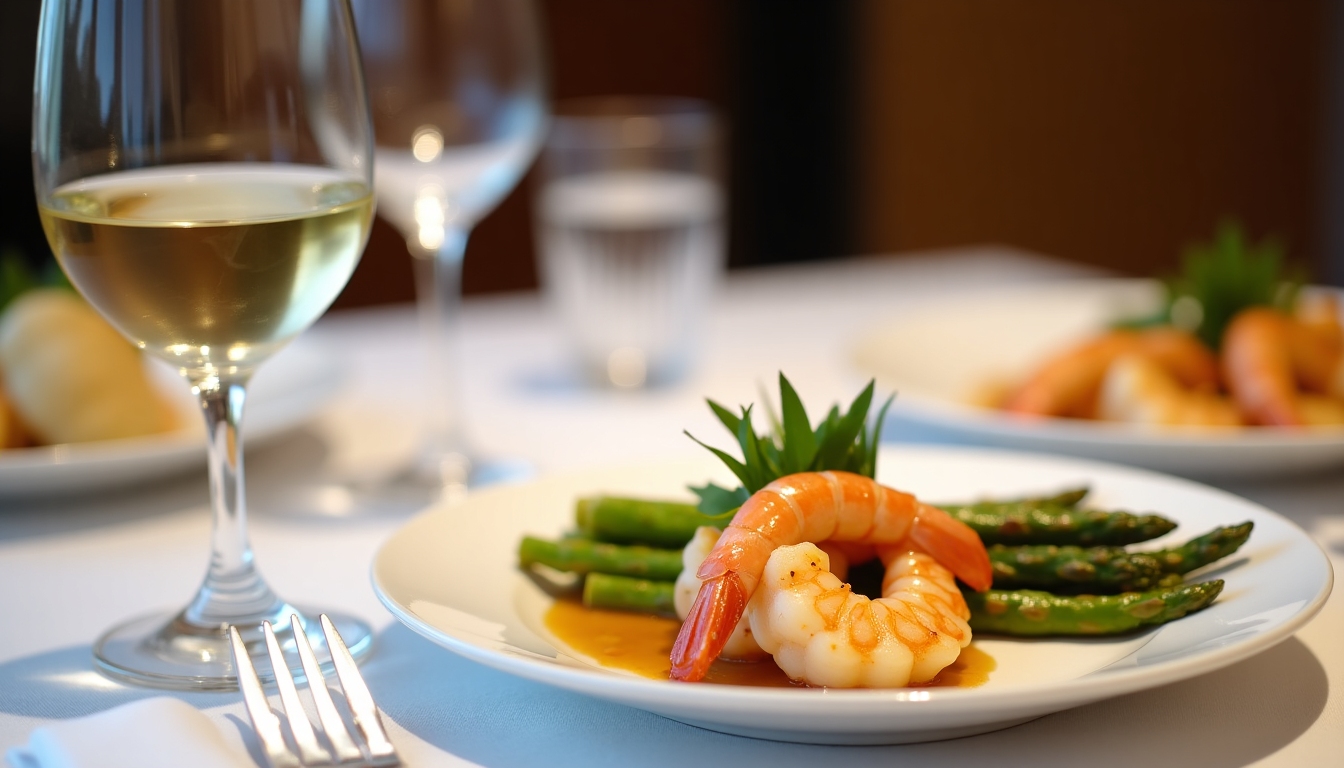Exploring the Versatility of Chardonnay
Chardonnay is one of the most popular and versatile white wine grapes in the world. Its ability to adapt to different climates and winemaking techniques has led to a wide range of styles, from crisp and refreshing to rich and buttery. In this article, we'll explore the history, characteristics, production methods, and regional differences of Chardonnay, as well as provide tips for food pairing and highlight notable producers like Jackson Family Wines.
Welcome to the wonderful world of Chardonnay! Whether you're a seasoned wine enthusiast or just starting your journey, Chardonnay is a grape variety that offers something for everyone. Its versatility is unmatched, making it a favorite among winemakers and consumers alike. From the cool climates of Burgundy to the sunny vineyards of California, Chardonnay expresses itself in myriad ways, each with its own unique charm. Join us as we delve into the fascinating story of Chardonnay and discover why it continues to captivate wine lovers around the globe.
Chardonnay has a rich history that dates back to the Middle Ages. It is believed to have originated in the Burgundy region of France, where it was first cultivated by monks. The name "Chardonnay" is thought to come from the Latin word "cardo," meaning "thistle," possibly referring to the wild plants that grew in the area. Over the centuries, Chardonnay spread to other parts of Europe and eventually to the New World, where it found new expressions in regions like California, Australia, and New Zealand. According to the Wine Institute, Chardonnay's history is deeply intertwined with the development of winemaking in these regions.

Chardonnay is known for its ability to reflect the terroir in which it is grown. In cooler climates, it tends to produce wines with high acidity and flavors of green apple, citrus, and minerality. In warmer regions, it can develop richer, more tropical fruit flavors like pineapple and mango. Winemaking techniques also play a significant role in shaping the final product. For example, oak aging can impart notes of vanilla, toast, and butter, while stainless steel fermentation preserves the grape's natural freshness.
The production of Chardonnay involves several key steps, each of which can influence the wine's style. After harvesting, the grapes are typically pressed to extract the juice, which is then fermented. Some winemakers choose to ferment in oak barrels, which can add complexity and texture, while others opt for stainless steel tanks to maintain purity of fruit. Malolactic fermentation, a process that converts sharp malic acid into softer lactic acid, is often used to create a creamier mouthfeel. The choice of yeast, aging vessels, and blending techniques all contribute to the final expression of the wine. The University of California, Davis provides an in-depth look at these winemaking techniques.

Chardonnay is grown in many wine regions around the world, each imparting its own unique characteristics to the wine. In Burgundy, France, Chardonnay is the star of prestigious appellations like Chablis, Meursault, and Puligny-Montrachet, known for their elegance and minerality. California's Napa and Sonoma valleys produce richer, more opulent styles, often with pronounced oak influence. Australia's Margaret River and New Zealand's Marlborough region offer vibrant, fruit-forward Chardonnays with a balance of acidity. A study by the International Wine and Spirit Research highlights the diverse expressions of Chardonnay across these regions.
Chardonnay's versatility extends to its ability to pair with a wide range of foods. Lighter, unoaked styles are perfect with seafood, salads, and light pasta dishes. Richer, oaked Chardonnays can stand up to heartier fare like roasted chicken, creamy sauces, and even grilled meats. The key is to match the weight and flavor intensity of the wine with the dish. For example, a buttery Chardonnay complements lobster or crab, while a crisp Chablis pairs beautifully with oysters or goat cheese.

When it comes to Chardonnay, there are many esteemed producers to explore. One such producer is Jackson Family Wines, renowned for their commitment to quality and sustainability. Their portfolio includes a range of Chardonnays from different regions, each showcasing the grape's versatility. Joining the Jackson Family Wines wine club membership offers enthusiasts the opportunity to discover exclusive releases and limited-edition bottlings. Other notable wine brands include Domaine Leflaive in Burgundy, Leeuwin Estate in Australia, and Cloudy Bay in New Zealand.
Chardonnay truly is a grape of many faces, capable of producing wines that range from delicate and nuanced to bold and expressive. Its versatility makes it a staple in wine cellars and on dining tables worldwide. Whether you prefer the mineral-driven styles of France or the fruit-forward expressions of the New World, there's a Chardonnay out there for every palate. We encourage you to continue exploring the versatility of Chardonnay and discover your own favorites along the way.
In this article, we've journeyed through the history, characteristics, production methods, and regional differences of Chardonnay. We've also provided tips for food pairing and highlighted notable producers like Jackson Family Wine. With its adaptability and wide range of styles, Chardonnay remains a beloved choice for wine lovers everywhere.